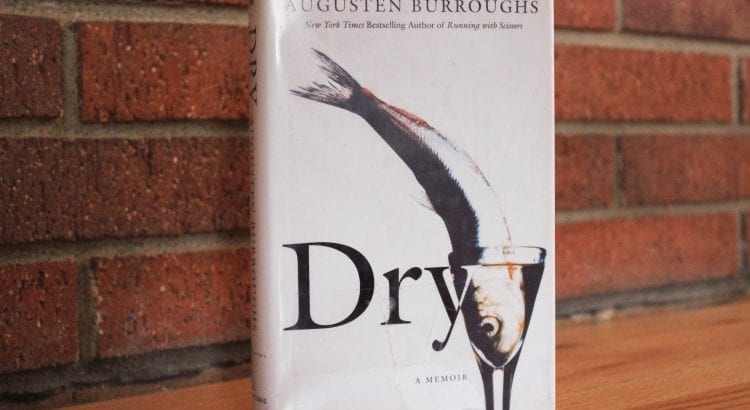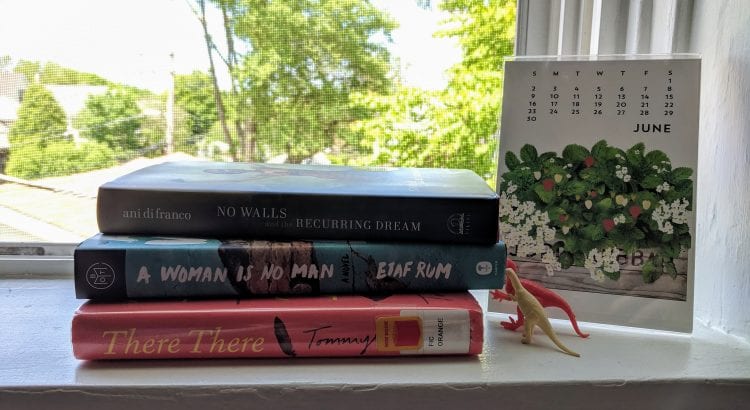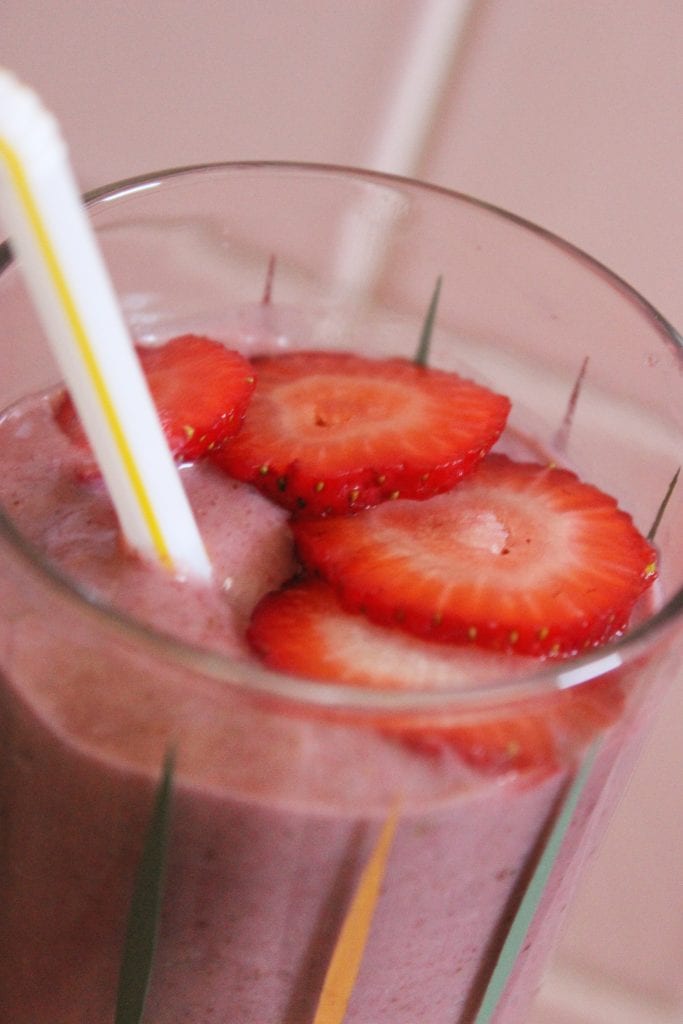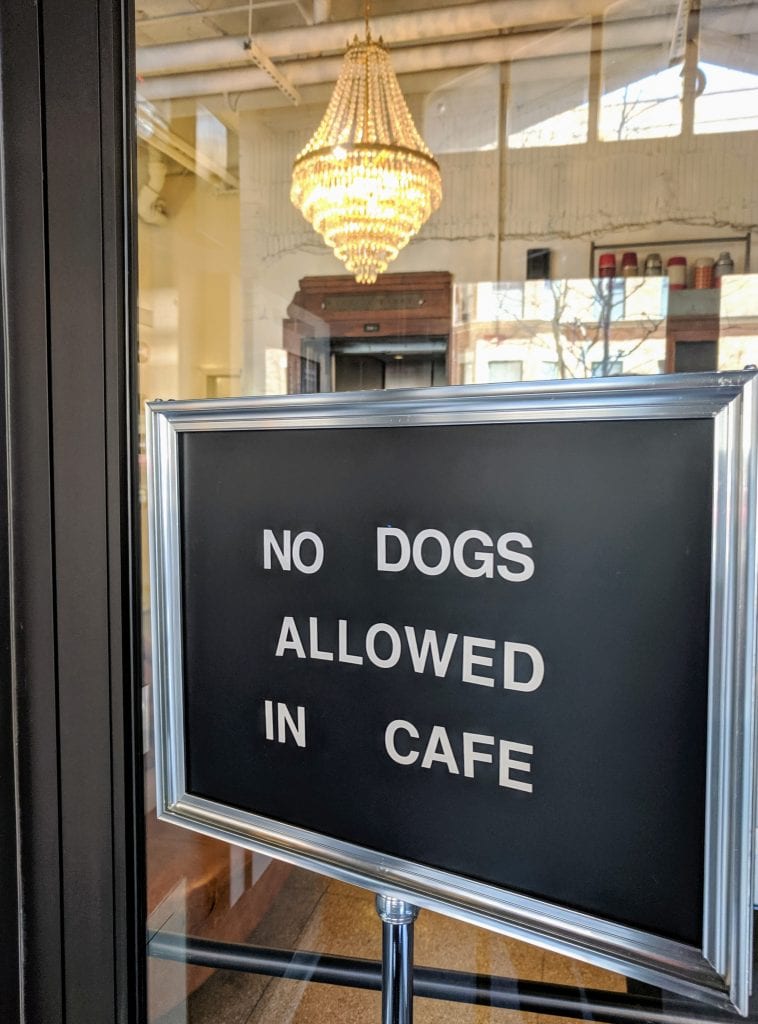In the latest episode of Zero Proof Book Club, Shelley and I discuss the famous #quitlit memoir Dry by Augusten Burroughs (who you might recognize from “Running With Scissors” fame/ hilarity/ tragedy).
Our book club convo covers rehab, 12 step programs, relapse, and, most importantly, the notion of being a “dry drunk,” a term that Shelley balks at but that I found particularly helpful when trying to understand why I was struggling with similarly impulsive behavior patterns after the pink cloud of early sobriety lifted. See also: using humor in addiction writing, how men talk about addiction compared to how women talk about it, and how hard it must have been to seek recovery before the internet (yikes, hello, embarrassing hotlines).

Listen to the new episode here, at ZeroProofBookClub.com, and follow us on Instagram at @zeroproofbookclub.


Pairs well with…
- Seltzer + lime + Seedlip Herbal nonalcoholic spirit
In “Dry,” Burroughs has a bit about ordering a seltzer and lime soon after leaving rehab. As he waits for it to arrive, he reflects, “Suddenly I can feel how depressing alcoholism really is. Basements and prayers. It lacks the swank factor.” We happen to disagree, and we happen to love drinking seltzer and lime. To pair with our podcast discussion of “Dry,” we’re drinking seltzer water, lime, and a splash of Seedlip Herbal nonalcoholic spirit to up the swank factor.
About Dry
What to expect: A hilarious, heartbreaking tale of recovery after rehab by one of the best in the memoir biz
From the book jacket:
“You may not know it, but you’ve met Augusten Burroughs. You’ve seen him on the street, in bars, on the subway, at restaurants: a twenty-something guy, nice suit, works in advertising. Regular. Ordinary.
But when the ordinary person had two drinks, Augusten was circling the drain by having twelve; when the ordinary person went home at midnight, Augusten never went home at all. Loud, distracting ties, automated wake-up calls and cologne on the tongue could only hide so much for so long. At the request (well, it wasn’t really a request) of his employers, Augusten lands in rehab, where his dreams of group therapy with Robert Downey Jr. are immediately dashed by grim reality of fluorescent lighting and paper hospital slippers.
But when Augusten is forced to examine himself, something actually starts to click and that’s when he finds himself in the worst trouble of all. Because when his thirty days are up, he has to return to his same drunken Manhattan life―and live it sober. What follows is a memoir that’s as moving as it is funny, as heartbreaking as it is true. Dry is the story of love, loss, and Starbucks as a Higher Power.”
— Dry: A Memoir























































